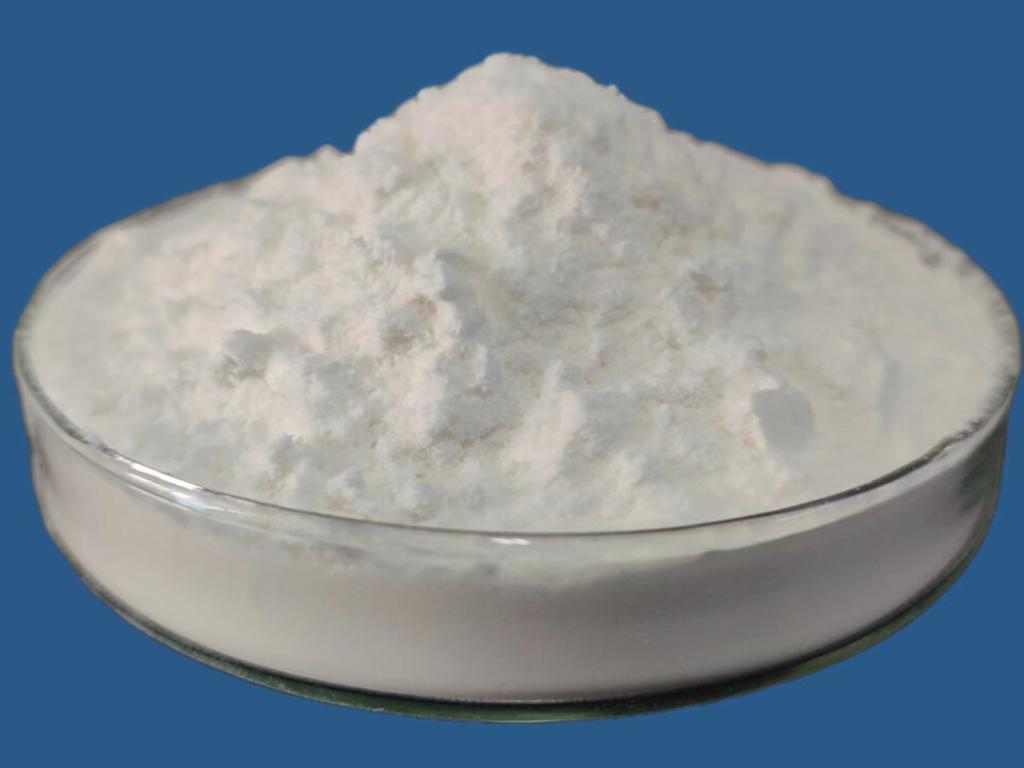Tel:+8618231198596

News
 CONTACT
CONTACT
 CONTACT
CONTACT
- Linkman:Linda Yao
- Tel: +8618231198596
- Email:linda.yao@dcpharma.cn
- Linkman:CHARLES.WANG
- Department:Overseas
- Tel: 0086 0311-85537378 0086 0311-85539701
News
ε-Polylysine hydrochloride: Potential applications in biomedical and wound healing products.
TIME:2024-04-18
Properties of ε-Polylysine Hydrochloride:
ε-Polylysine hydrochloride is a cationic polymer composed of lysine residues linked by peptide bonds. It is water-soluble and biodegradable, making it suitable for various biomedical applications. Its antimicrobial properties arise from its ability to disrupt microbial cell membranes, leading to cell death. Additionally, ε-PL-HCl exhibits excellent biocompatibility with mammalian cells, minimizing cytotoxicity and inflammation.
Mechanisms of Action:
The antimicrobial activity of ε-PL-HCl primarily involves its interaction with microbial cell membranes. As a cationic polymer, ε-PL-HCl electrostatically binds to the negatively charged surface of microbial cells, disrupting membrane integrity and permeability. This disrupts essential cellular processes, leading to microbial death. Moreover, ε-PL-HCl can penetrate biofilms, making it effective against multidrug-resistant pathogens.
Potential Applications in Biomedical Products:
Wound Dressings: ε-PL-HCl can be incorporated into wound dressings to prevent infection and promote healing. Its antimicrobial properties help reduce the risk of wound contamination, while its biocompatibility supports tissue regeneration and repair. ε-PL-HCl-containing dressings have shown promise in managing both acute and chronic wounds, including burns, diabetic ulcers, and surgical wounds.
Antimicrobial Coatings: ε-PL-HCl can be applied as a coating on medical devices, implants, and surfaces to prevent microbial colonization and biofilm formation. Coatings containing ε-PL-HCl offer sustained antimicrobial activity without compromising device biocompatibility. They are particularly valuable in reducing the risk of healthcare-associated infections and implant-related complications.
Drug Delivery Systems: ε-PL-HCl nanoparticles and microparticles can serve as carriers for therapeutic agents, including antimicrobials, growth factors, and anti-inflammatory drugs. These drug delivery systems enable targeted and controlled release of therapeutics, enhancing their efficacy while minimizing systemic side effects. ε-PL-HCl-based drug delivery systems hold promise for treating localized infections and promoting tissue regeneration in wound healing applications.
Recent Advancements and Challenges:
Recent research efforts have focused on optimizing ε-PL-HCl formulations and exploring novel delivery systems to enhance its efficacy and stability. Strategies such as nanoparticle encapsulation, surface modification, and combination therapies have shown promise in overcoming challenges associated with ε-PL-HCl, such as rapid degradation and limited release kinetics. However, further studies are needed to elucidate the long-term safety and efficacy of ε-PL-HCl in clinical settings, as well as to address regulatory requirements for product approval.
Future Prospects:
Despite challenges, the potential of ε-PL-HCl in biomedical and wound healing products remains significant. Continued research and development efforts aimed at refining formulations, improving delivery systems, and conducting clinical trials will pave the way for broader adoption of ε-PL-HCl-based therapies. With its unique combination of antimicrobial activity, biocompatibility, and biodegradability, ε-PL-HCl holds promise for addressing unmet needs in wound care and advancing biomedical applications.
Conclusion:
ε-Polylysine hydrochloride represents a versatile and promising polymer for biomedical and wound healing products. Its antimicrobial properties, biocompatibility, and biodegradability make it well-suited for applications ranging from wound dressings to antimicrobial coatings and drug delivery systems. While challenges remain, ongoing research and innovation in ε-PL-HCl-based technologies offer opportunities to enhance wound care and improve patient outcomes. As efforts continue to translate laboratory findings into clinically viable products, ε-PL-HCl is poised to make a significant impact in the field of biomedical engineering and wound healing.
- Tel:+8618231198596
- Whatsapp:18231198596
- Chat With Skype







